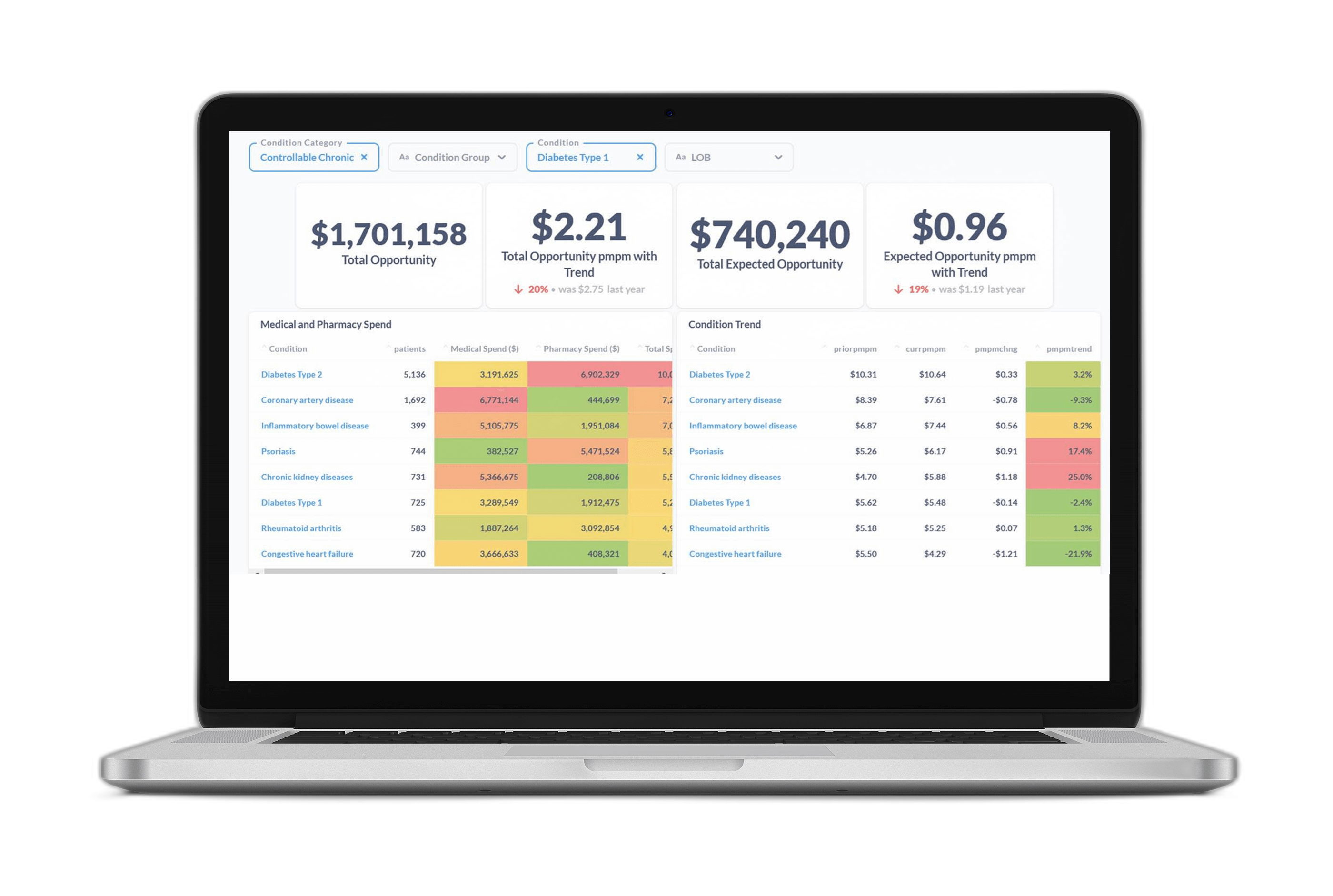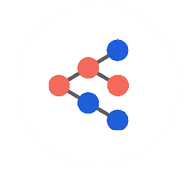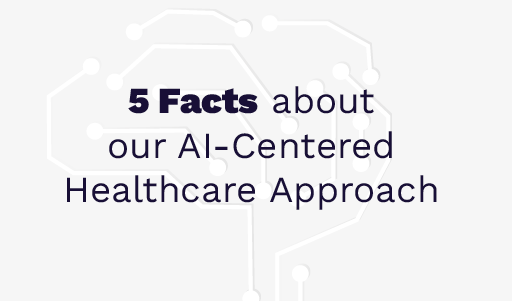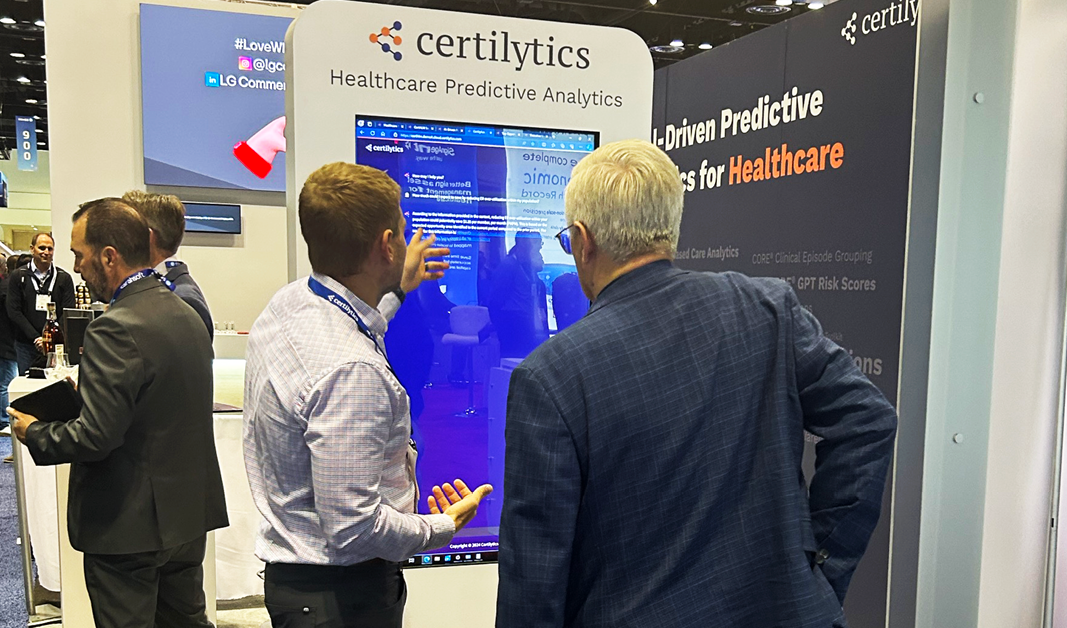Employee well-being is key to recruiting and retaining top talent, and crucial to how you keep employees productive and engaged on the job.
It’s why you’ve invested in an array of health and wellness offerings, from chronic disease management apps to fitness programs. And it’s why more employers like you are turning to advanced predictive analytics to evaluate programs, design impactful strategies, and understand major drivers of not just healthcare spend, but total cost of care.
Here are the top 5 predictive models that our customers are using to boost their employee well-being and bend the healthcare cost curve:
1. Emergency Room Overutilization
Non-urgent emergency room visits are a major source of avoidable spending in the U.S. healthcare system, driving up costs for employers while often not serving as the most appropriate care setting for employees’ healthcare needs.
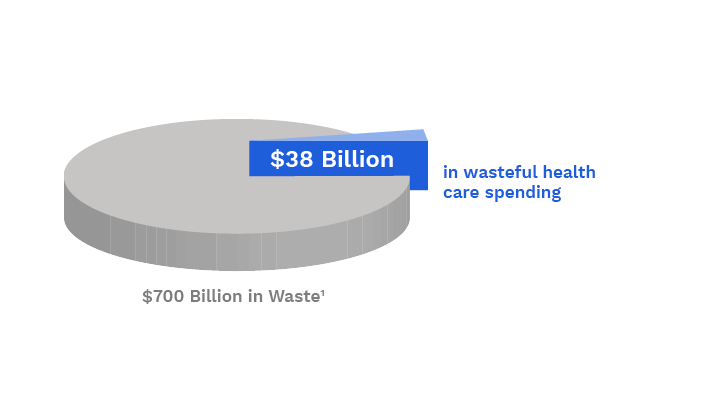
AI-powered predictive models can play a big role in helping steer members to higher-value care settings, such as urgent care clinics or a primary care physician—which reduces costs and can lead to better long-term health outcomes.
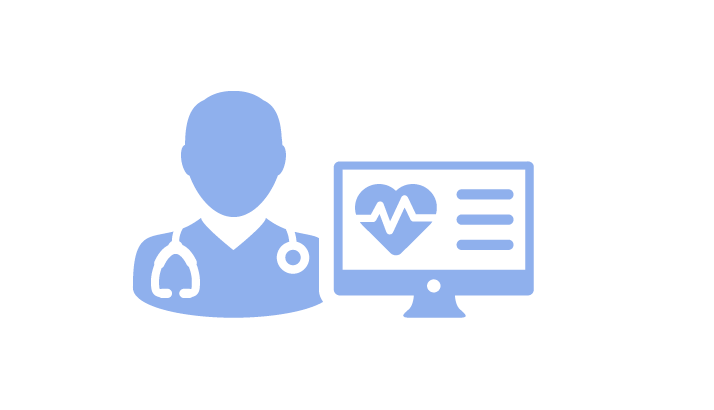
An effective model goes beyond predicting which members are likely to over-utilize the ER in the future, but also identifies common causes of ER over-utilization. It also identifies those members most likely to engage with outreach and seek preventive care.
These insights enable employers and benefit advisors to analyze current and future programs for appropriate care options and customize outreach strategies to match the right employee to the right solution at the right time. The result allows employers to proactively educate employees about alternate care settings and incentivize them to seek care—before they end up in the emergency room.
2. Opioid Dependency
The opioid crisis continues to devastate communities and families, remaining a top concern for employers as well as federal policymakers. The National Safety Council reported that, while 75% of U.S. employers say their workplaces have been directly impacted by opioid use, only 17% feel well prepared to deal with this issue.
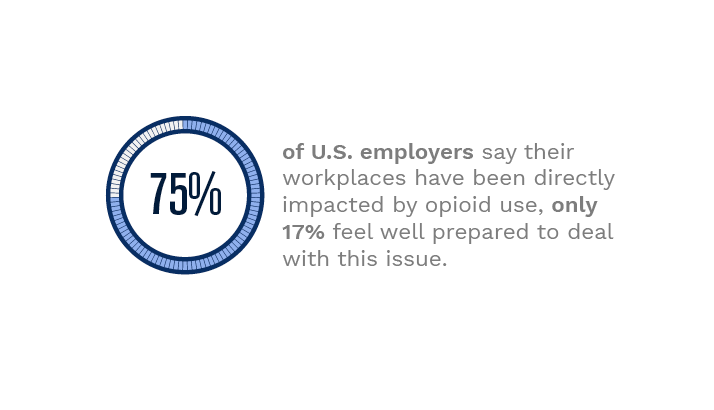
Many legacy data vendors rely on analytic tools that identify opioid abusers retroactively, or after someone has engaged in behavior that leads to opioid addiction.
Innovative employers and benefit advisors are now transitioning to AI-powered predictive models to identify the potential for opioid abuse before the cycle of dependency sets in, triggering earlier interventions that save lives and avoid enormous cost spikes.
This insight provides employers and advisors with an optimal window to deploy targeted outreach, and address the factors that could lead to opioid dependency.
3. Diabetes Risk
Diabetes is a major cost driver and has devastating consequences for employees and their dependents.
A significant portion of the nation’s workforce has diabetes or pre-diabetes. In the U.S., the condition is responsible for hundreds of millions of dollars in healthcare spending and lost productivity, and is one of the top causes of death.
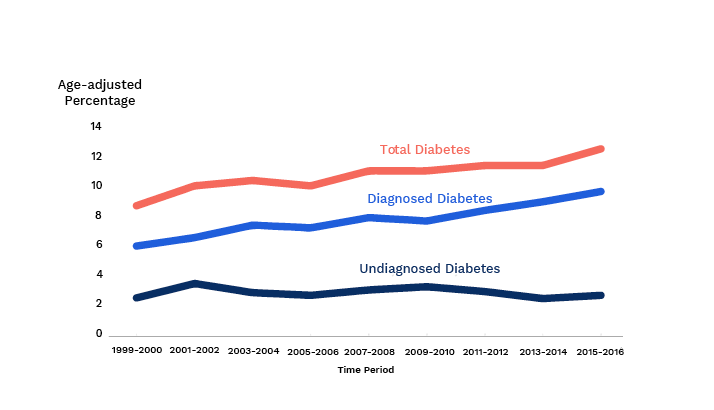
Predictive modeling identifies members at risk for diabetes before they’re diagnosed, enabling earlier interventions that could delay the onset of the disease and avoid unplanned, high-cost hospital admissions and ER visits.
For those already diagnosed with diabetes, forward-looking insights can help manage the condition by pinpointing potential comorbidities and risk factors, and help employers and advisors choose the right disease management programs to meet the needs of their population.
With forward-looking insights, employers gain confidence in their preventative investments, whether it be programs that support healthy eating, exercise, or stress management. Predictive insight also helps employers and advisors understand the value of targeted investment on not just healthcare spend, but also productivity costs.
4. Heart Attack Probability
Every 40 seconds, someone in the United States has a heart attack, according to the Centers for Disease Control and Prevention.
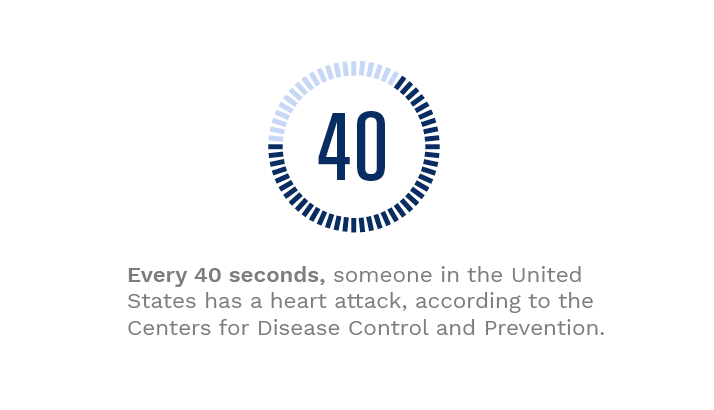
Predictive insights are crucial to detecting those at risk for heart attacks before a hospitalization or even death occurs. Earlier interventions driven by forward-looking insights can also help prevent the onset of other associated conditions.
Our model calculates the risk that a member will suffer a heart attack within the next 12 months. With this deeper understanding of emerging risk and its main drivers, employers can shift to preventative strategies including proactive, personalized engagement and education strategies.
5. Fall Risk
Falls are a leading cause of injury and accidental death among people older than 65, and often lead to costly emergency room visits and long-term treatment.
According to the World Health Organization, fall incidents are the third-leading cause of chronic disablement in older people. And annually, about 30% of people older than 65 fall at least once, and 15% fall at least twice.
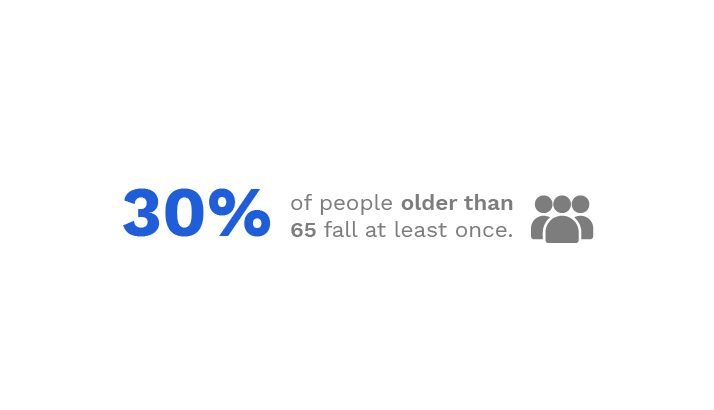
The causes of these falls can be many, from impairments in balance and strength to chronic disease or use of psychotropic medications.
Predictive analytics are critical to helping employers avoid costly emergency room visits and injury by pinpointing those at risk of falling and addressing the factors that could lead to a fall.
With a more accurate picture of those at risk, employers can address the common factors contributing to a potential fall and connect that person to the right resources before an injury occurs. Within the workplace, a whole-person-health picture uncovers opportunities for additional safety procedures or education to effectively mitigate risk.




